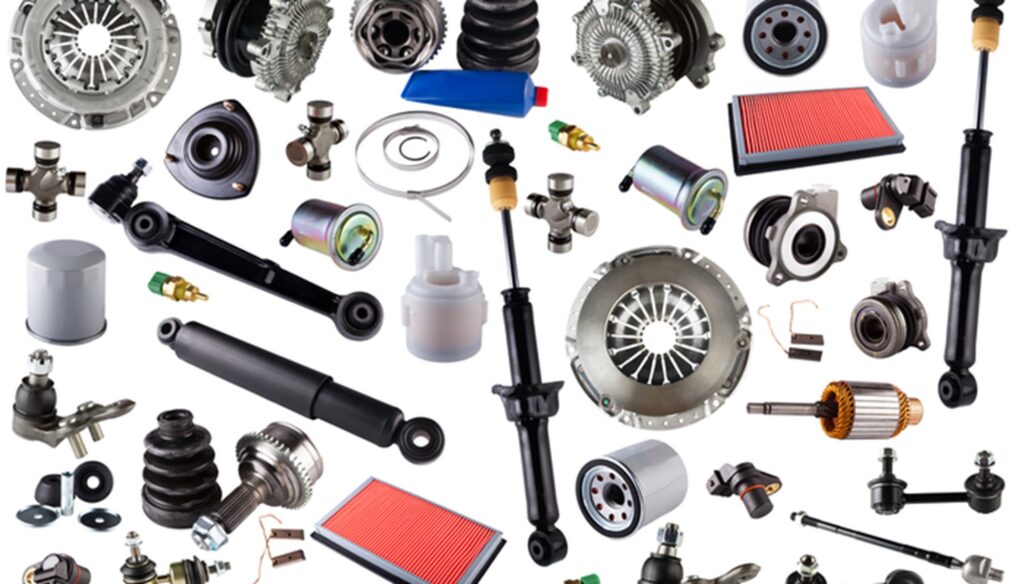In the world of automotive engineering, axle steering plays a crucial role in how vehicles maneuver and handle on the road. This mechanism is fundamental to the steering system, influencing everything from turning radius to stability at high speeds. Let’s delve into what axle steering is, how it works, and its importance in modern vehicles.
What is Axle Steering?
Axle steering refers to the mechanism by which a vehicle’s wheels are turned left or right, allowing it to change direction. This steering system connects the steering wheel to the wheels themselves via a series of components such as tie rods, pitman arms, and steering knuckles. The primary goal of axle steering is to facilitate controlled and responsive movement of the vehicle in accordance with the driver’s inputs.
Components of Axle Steering
- Steering Wheel: The driver initiates the steering process by turning the steering wheel.
- Steering Column: Transmits the rotational movement from the steering wheel down to the steering box or rack.
- Steering Gear: Converts the rotational movement into linear motion to turn the wheels.
- Tie Rods: Connect the steering gear to the steering knuckles, transmitting the steering force to the wheels.
- Steering Knuckles: Components that support the wheel hubs and allow them to pivot left and right.
- Pitman Arm: Transfers the motion from the steering gear to the steering linkage.
Types of Axle Steering Systems
There are primarily two types of axle steering systems:
- Rack and Pinion Steering: Common in modern vehicles, where the rotational motion of the steering wheel is converted into linear motion by a rack and pinion gear mechanism.
- Recirculating Ball Steering: Found in older vehicles and some heavy-duty trucks, where a recirculating ball mechanism is used to convert steering wheel input into motion to turn the wheels.
Importance of Axle Steering
Axle steering is crucial for several reasons:
- Control and Maneuverability: It allows drivers to safely navigate corners, curves, and obstacles on the road.
- Safety: A well-functioning steering system ensures predictable handling and responsiveness, enhancing overall vehicle safety.
- Comfort: Smooth and precise steering contributes to a comfortable driving experience, especially during long journeys or in challenging road conditions.
Maintenance and Replacement
Like all mechanical components, axle steering parts require regular maintenance and eventual replacement due to wear and tear. Signs of steering system issues include excessive play in the steering wheel, vibrations, or uneven tire wear. It’s important to have these components inspected and serviced by qualified professionals to ensure optimal performance and safety.
Conclusion
Axle steering is a fundamental aspect of vehicle dynamics, enabling drivers to control their vehicles effectively and safely. Understanding how axle steering works and its components can help drivers appreciate the engineering behind their vehicles’ maneuverability. Regular maintenance and prompt repairs are key to ensuring that the steering system operates smoothly and reliably throughout the vehicle’s lifespan. Whether you drive a compact car or a heavy-duty truck, axle steering is a critical system that merits attention and care to maintain optimal performance on the road.
3.5




